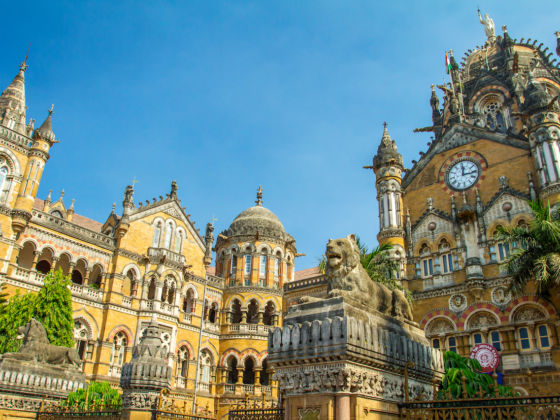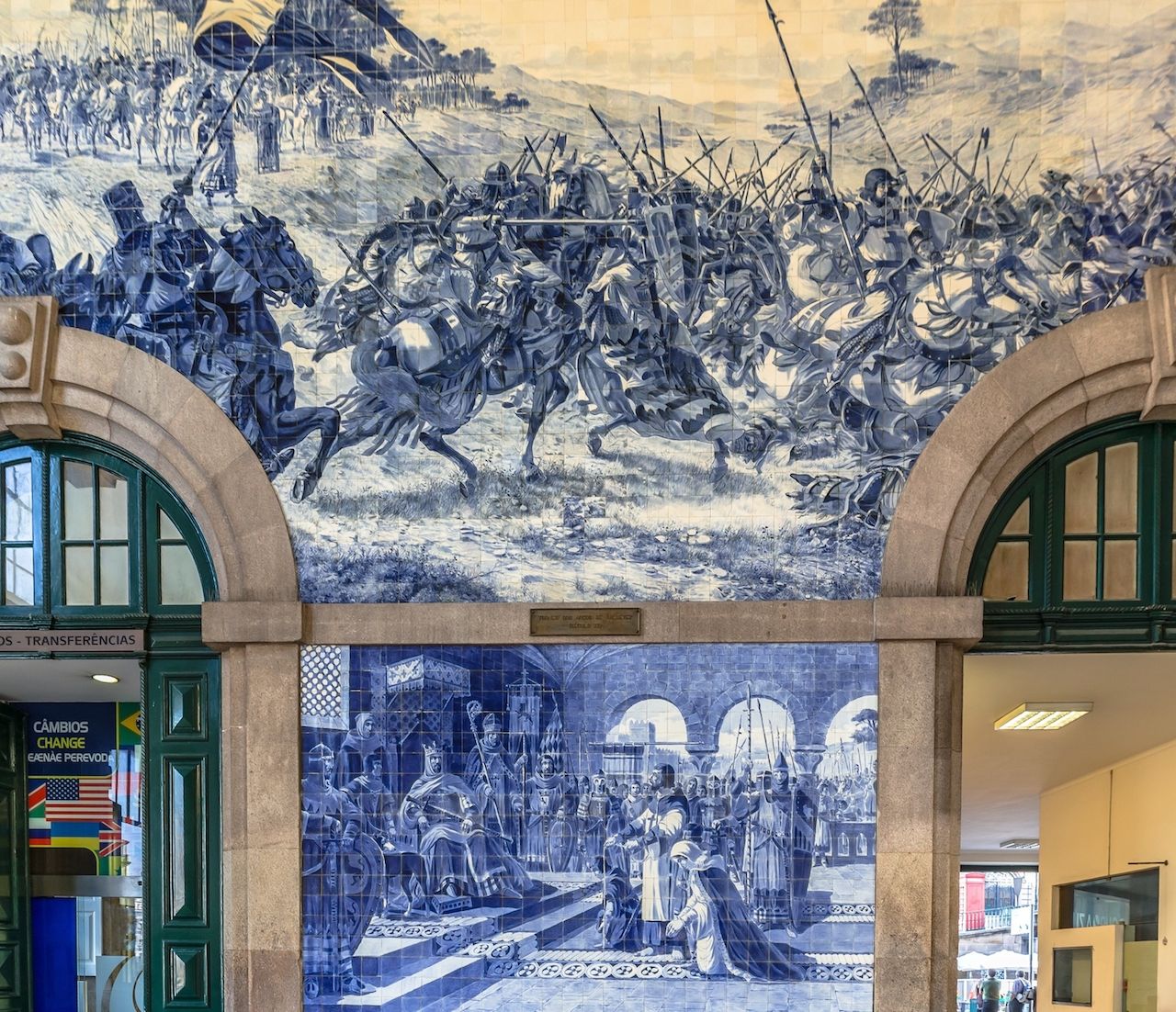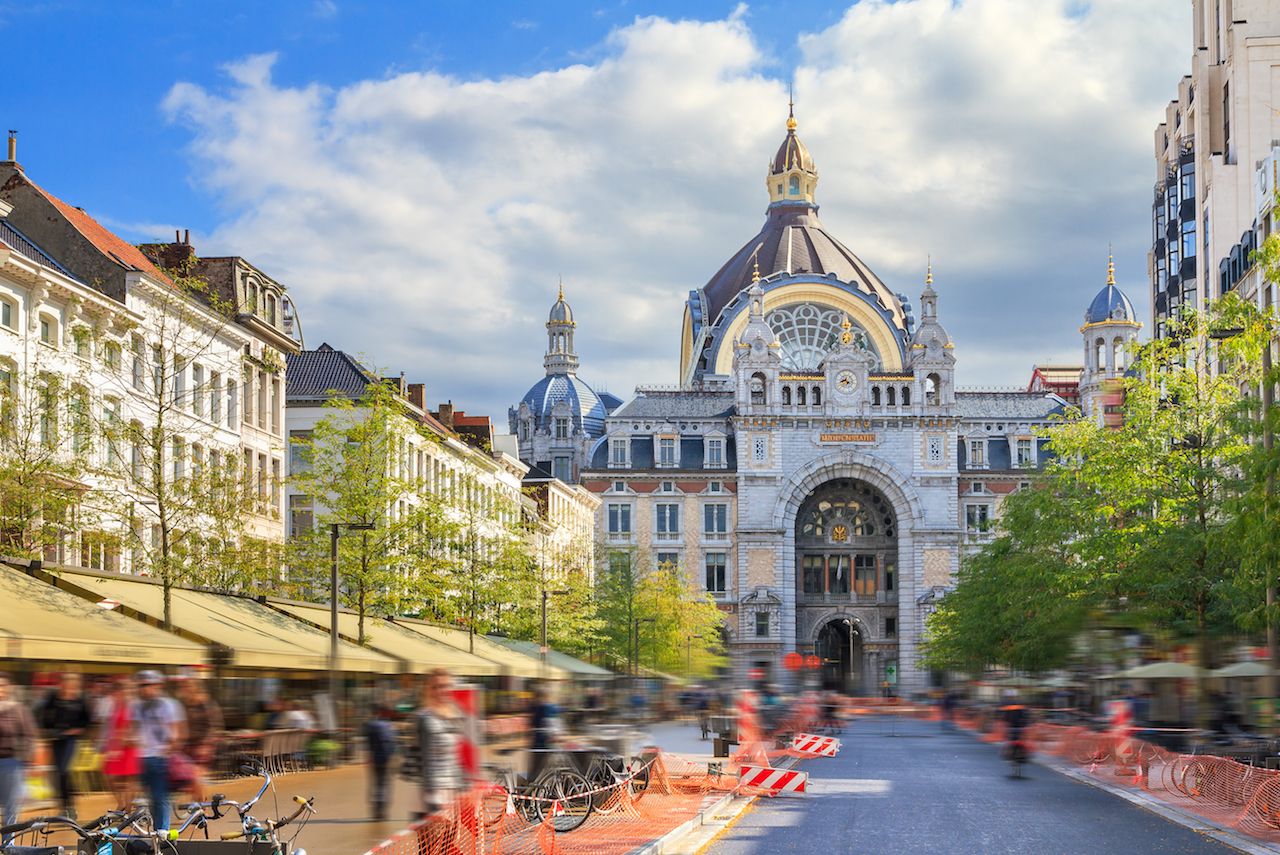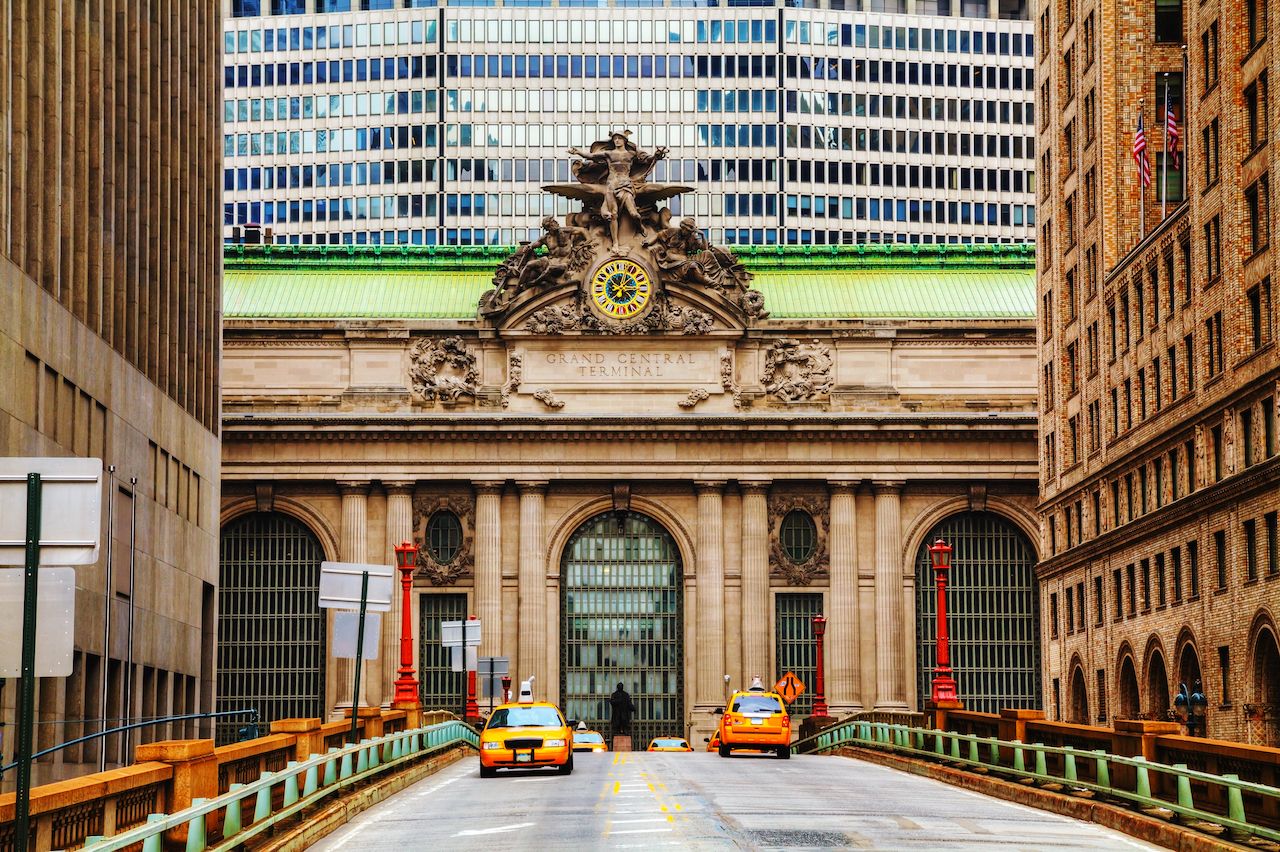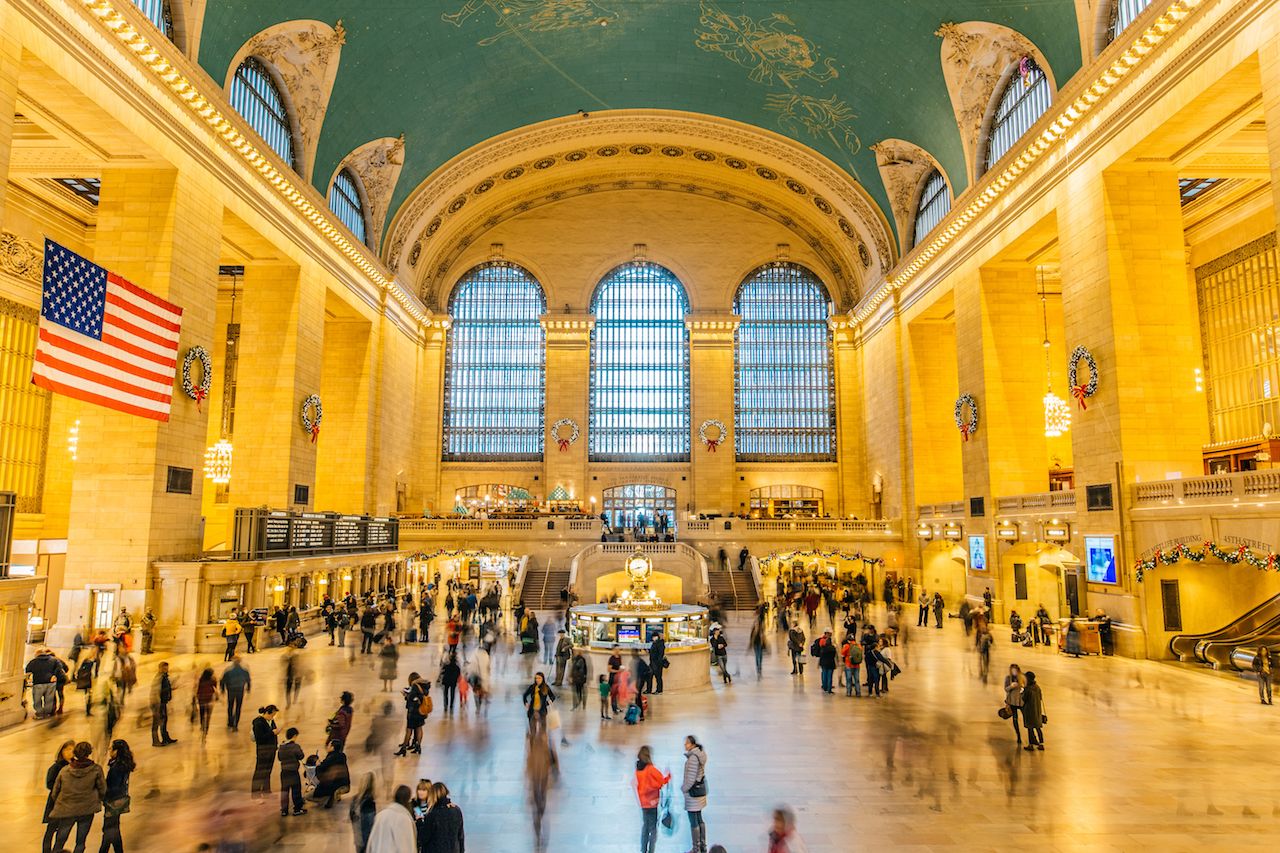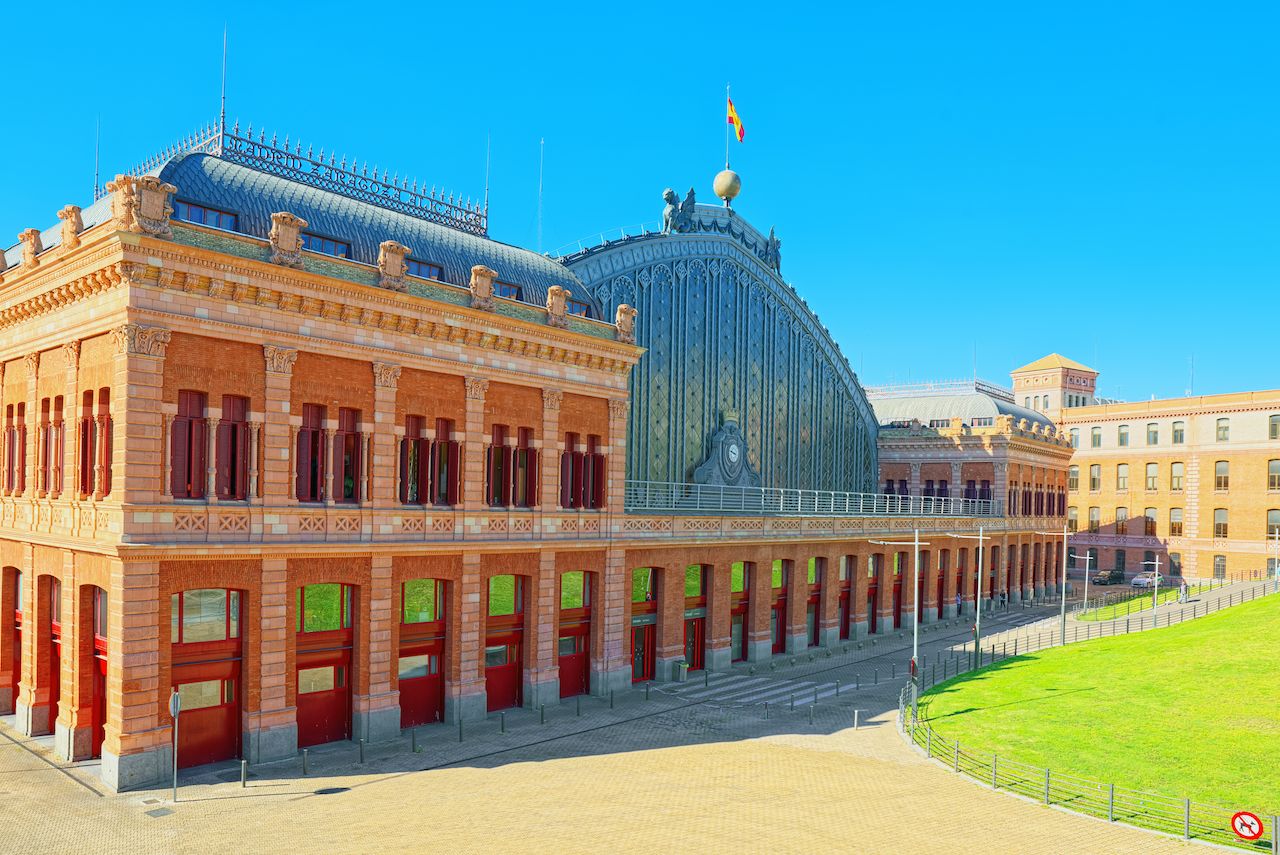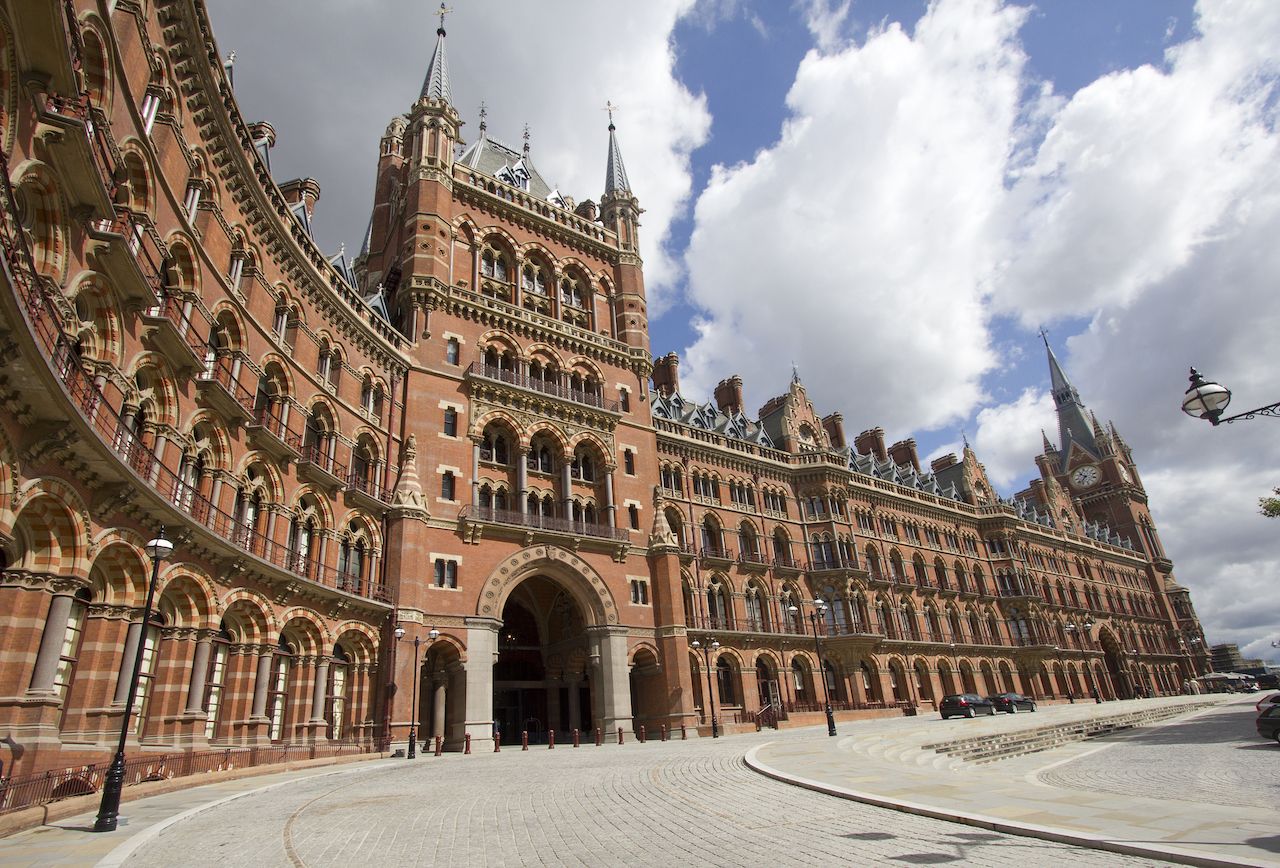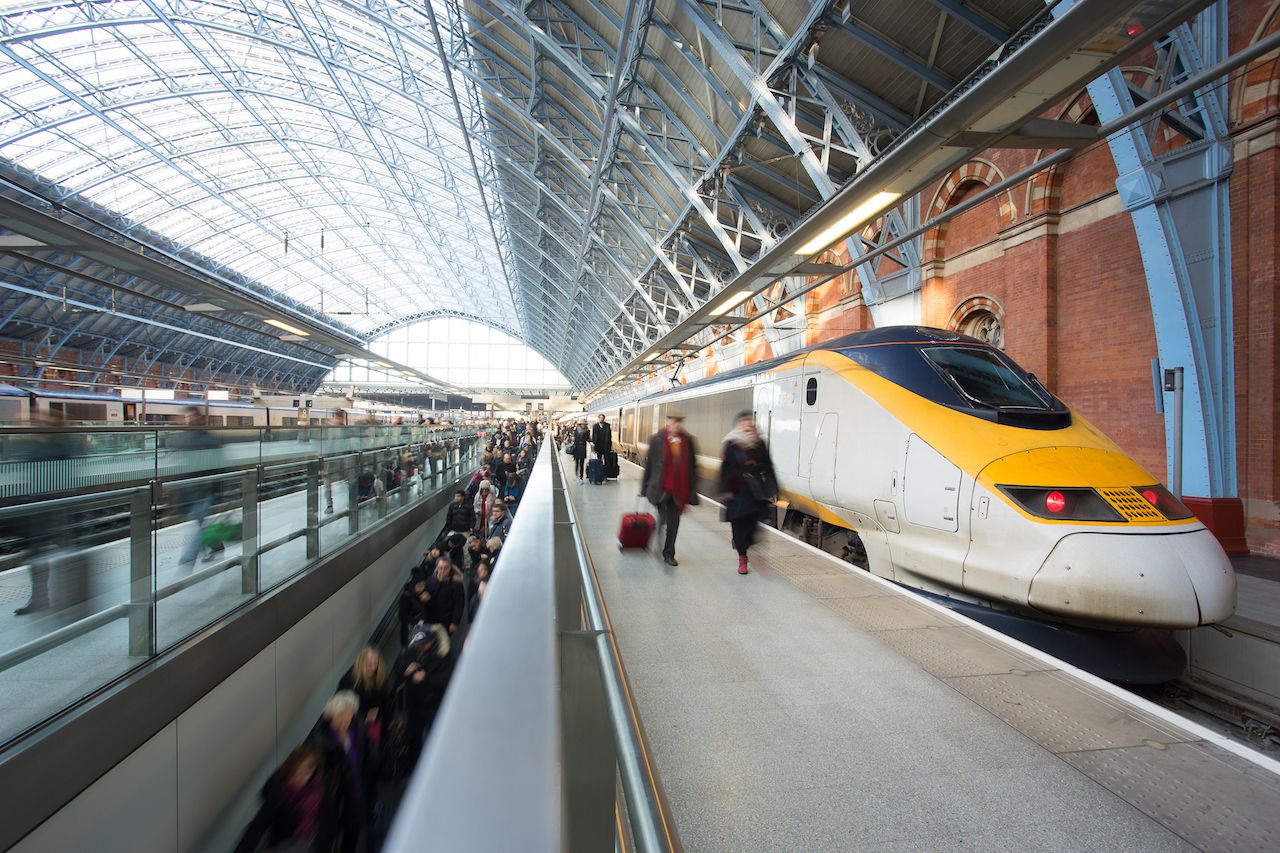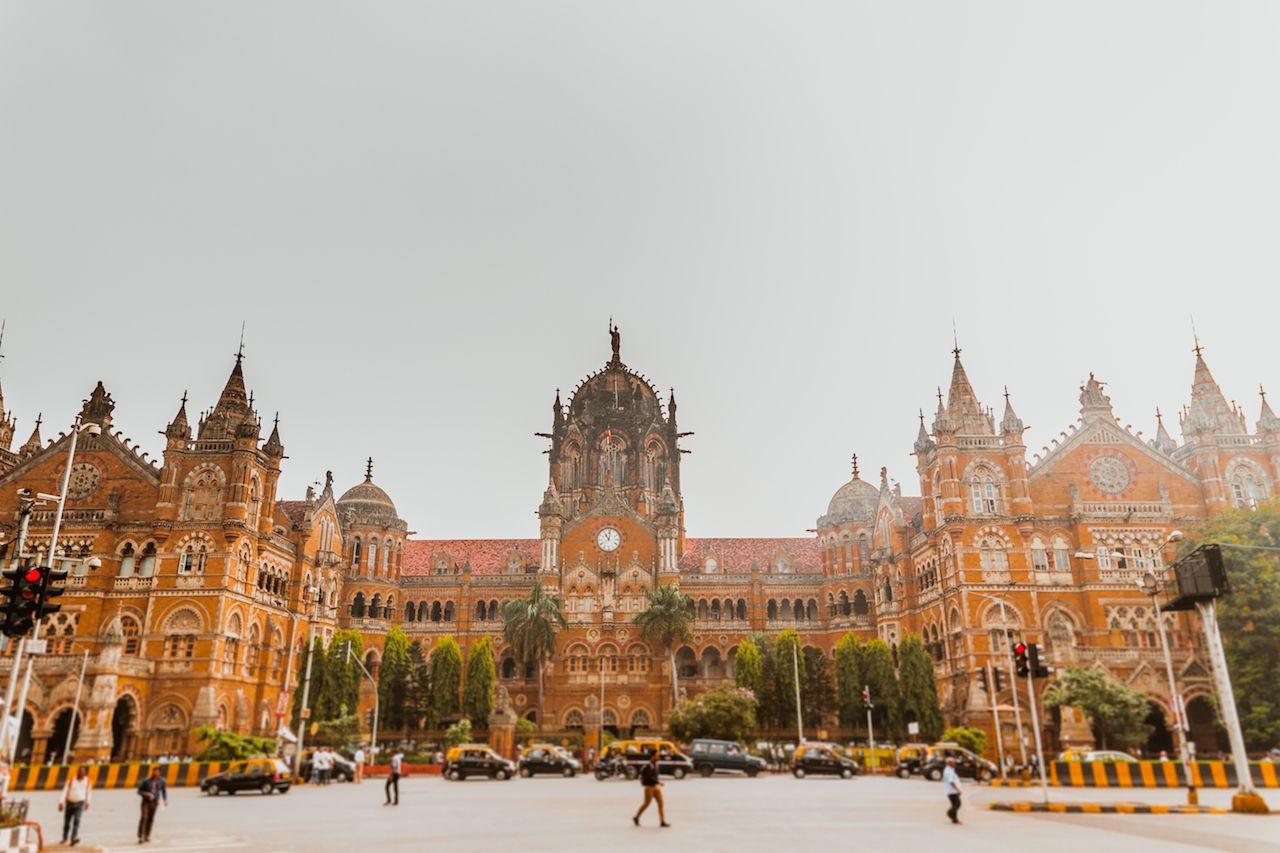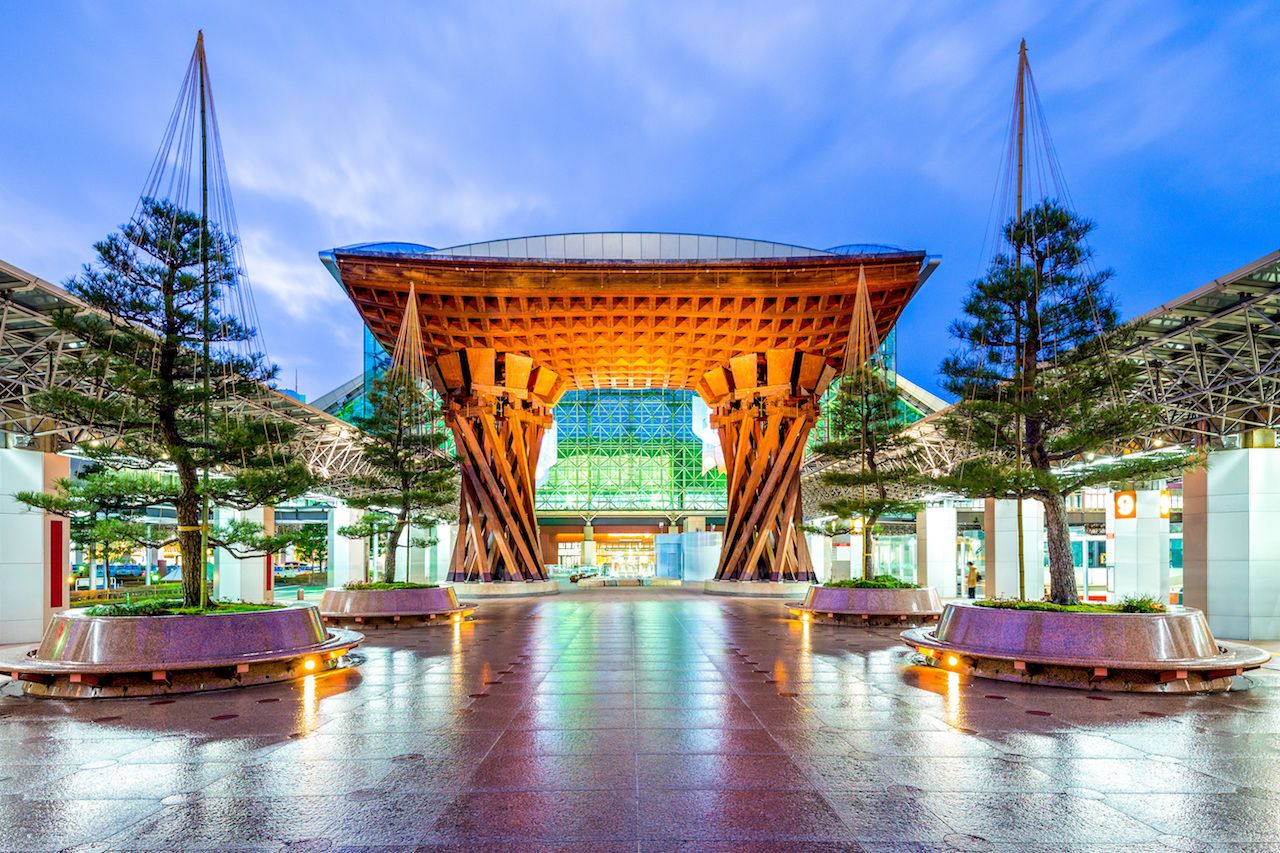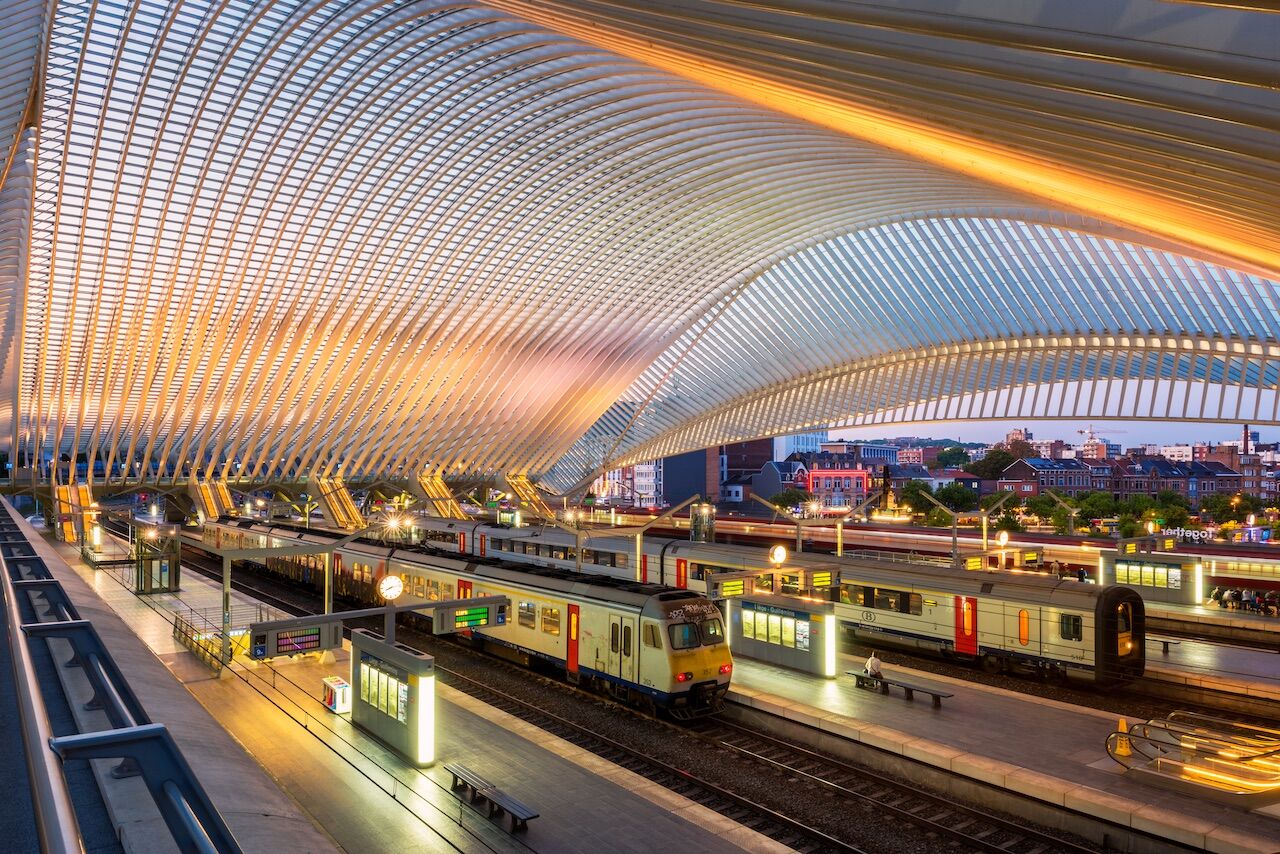Traveling by train is a time-tested method to enjoy seeing parts of countries we may not otherwise experience. Whether commuting or taking a long-distance journey, architecture, history, and artful aesthetics can make that wait for the next train pass in no time at all.
Here are some of the most beautiful, inside and out, train stations around the world.
